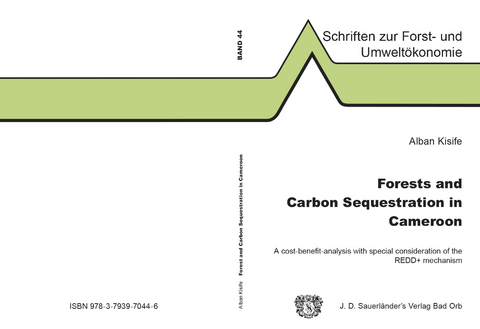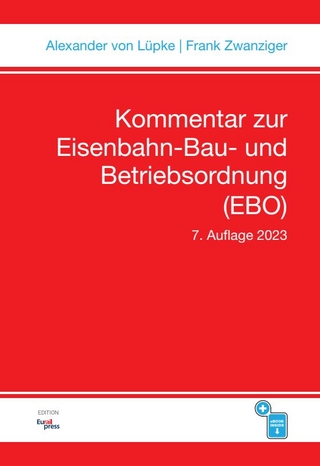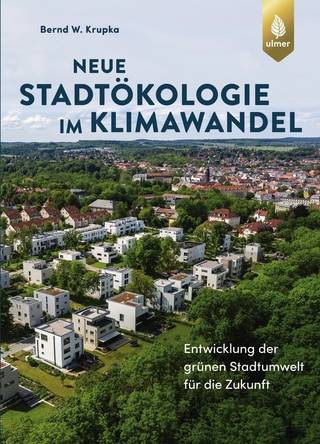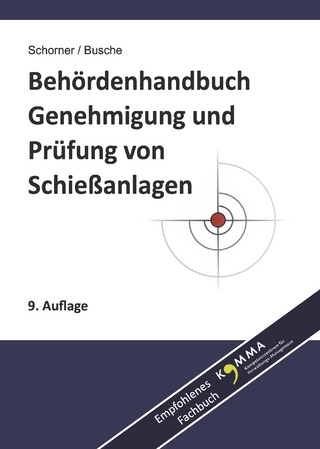
Forests and Carbon Sequestration in Cameroon
A cost-benefit-analysis with special consideration of the REDD+ mechanism
Seiten
2017
Sauerländer, J D (Verlag)
978-3-7939-7044-6 (ISBN)
Sauerländer, J D (Verlag)
978-3-7939-7044-6 (ISBN)
Groundwork preparations for implementing
the UNFCCC mechanism for reducing emissions
from deforestation and forest degradation
(REDD+) as well as sustainable forest
management, forest conservation and the
enhancement of forest carbon stocks are
quickly advancing in most developing countries.
These countries are said to be respon -
sible for approximately 12–18% of global
GHG emissions predominantly via deforestation.
A substantial body of literature suggests that
actions to prevent further emissions from
deforestation will be less costly compared to
other emission mitigation actions such as
those linked to the burning of fossil fuels,
since no new technologies are required, quick
reductions can be made and opportunity
costs are expected to be low (so called ‘low
hanging fruits’).
With the aid of an ex-ante Cost-Benefit
Analysis (CBA) and based on the drivers of
deforestation in Cameroon, this study sets
out to analyse the validity of this claim.
Some key questions analysed within the
context of this research include:
• What are the drivers of deforestation?
• What are the costs of REDD+?
• What is the role of different estimation
parameters in estimating REDD+ costs?
• What role do intangible costs and benefits
play in decisions for or against REDD+?
• What level of financing is required under a
market-based or fund-based REDD+ mechanism?
• How many tons of CO2e are expected to be
reduced in implementing REDD+?
In attempting answers to these questions the
study made use of a CBA with three land use
scenarios (business as usual scenario, alternative
resource utilisation scenario and the
REDD+ project scenario) implemented over a
period of 25 years and at a discount rate of
5%. A linear optimization- and a portfolio
theory model are applied in the cultivation of
the crops (palms, rubber, bananas and cocoa)
in the alternative resource utilisation scenario,
meanwhile a compensated reduction
(CR) model is applied to the REDD+ project
scenario.
This study could not confirm the general
claim that the REDD+ mechanism is a costeffective
or low cost method for reducing
emissions. A myriad of factors are decisive in
determining the cost-effectiveness of the
REDD+ mechanism amongst which the type
of alternative land uses considered are a key
factor. Moreover, the level and type of funding
for REDD+ projects equally go a long way
to determine the sustainability of REDD+
activities.
the UNFCCC mechanism for reducing emissions
from deforestation and forest degradation
(REDD+) as well as sustainable forest
management, forest conservation and the
enhancement of forest carbon stocks are
quickly advancing in most developing countries.
These countries are said to be respon -
sible for approximately 12–18% of global
GHG emissions predominantly via deforestation.
A substantial body of literature suggests that
actions to prevent further emissions from
deforestation will be less costly compared to
other emission mitigation actions such as
those linked to the burning of fossil fuels,
since no new technologies are required, quick
reductions can be made and opportunity
costs are expected to be low (so called ‘low
hanging fruits’).
With the aid of an ex-ante Cost-Benefit
Analysis (CBA) and based on the drivers of
deforestation in Cameroon, this study sets
out to analyse the validity of this claim.
Some key questions analysed within the
context of this research include:
• What are the drivers of deforestation?
• What are the costs of REDD+?
• What is the role of different estimation
parameters in estimating REDD+ costs?
• What role do intangible costs and benefits
play in decisions for or against REDD+?
• What level of financing is required under a
market-based or fund-based REDD+ mechanism?
• How many tons of CO2e are expected to be
reduced in implementing REDD+?
In attempting answers to these questions the
study made use of a CBA with three land use
scenarios (business as usual scenario, alternative
resource utilisation scenario and the
REDD+ project scenario) implemented over a
period of 25 years and at a discount rate of
5%. A linear optimization- and a portfolio
theory model are applied in the cultivation of
the crops (palms, rubber, bananas and cocoa)
in the alternative resource utilisation scenario,
meanwhile a compensated reduction
(CR) model is applied to the REDD+ project
scenario.
This study could not confirm the general
claim that the REDD+ mechanism is a costeffective
or low cost method for reducing
emissions. A myriad of factors are decisive in
determining the cost-effectiveness of the
REDD+ mechanism amongst which the type
of alternative land uses considered are a key
factor. Moreover, the level and type of funding
for REDD+ projects equally go a long way
to determine the sustainability of REDD+
activities.
| Erscheinungsdatum | 03.04.2017 |
|---|---|
| Reihe/Serie | Schriften zur Forst- und Umweltökonomie ; Band 44 |
| Zusatzinfo | 39 Abbildungen und 53 Tabellen |
| Verlagsort | Bad Orb |
| Sprache | englisch |
| Einbandart | kartoniert |
| Themenwelt | Naturwissenschaften ► Geowissenschaften |
| Weitere Fachgebiete ► Land- / Forstwirtschaft / Fischerei | |
| Schlagworte | Cost-Benefit-Analysis • deforestation • Entwaldung • Kohlenstoffbindung • Portfolio Model • REDD+ mechanism |
| ISBN-10 | 3-7939-7044-2 / 3793970442 |
| ISBN-13 | 978-3-7939-7044-6 / 9783793970446 |
| Zustand | Neuware |
| Haben Sie eine Frage zum Produkt? |
Mehr entdecken
aus dem Bereich
aus dem Bereich
Buch | Hardcover (2023)
Trackomedia (Verlag)
98,00 €
Entwicklung der grünen Stadtumwelt für die Zukunft
Buch | Hardcover (2022)
Verlag Eugen Ulmer
44,00 €
Buch | Hardcover (2023)
Juristischer Fachverlag Busche Kiel
64,00 €


